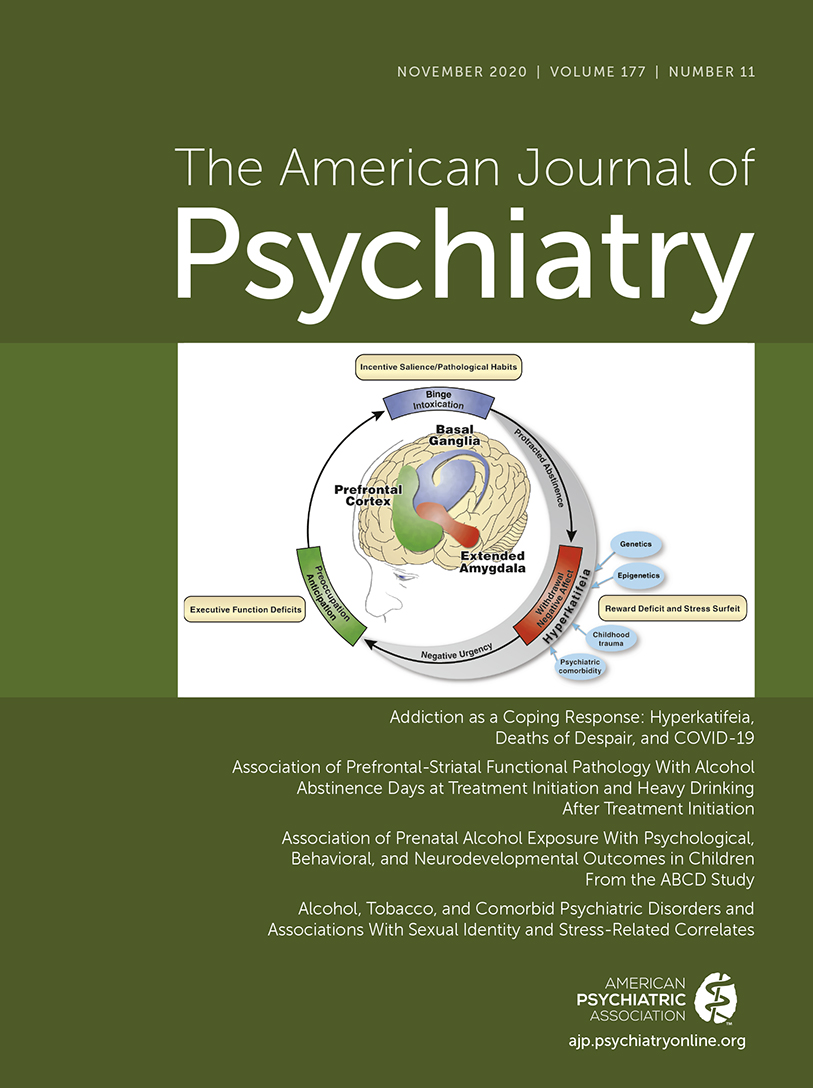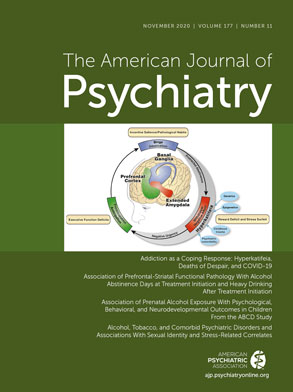T
o the E
ditor: The unprecedented events of the COVID-19 pandemic have necessitated the mass-scale and rapid deployment of comprehensive telehealth programs to both preserve continuity of care and ensure the safety of patients and providers (
1). Such programs have demonstrated the efficient conversion of inpatient and consultation-liaison workflows to telehealth within days (
1).
During the conversion of our own psychiatric ambulatory care center at Brigham and Women’s Hospital to a virtual platform, the opportunity for innovation was appreciable. However, several challenges with achieving uniform uptake of our virtual visit program highlight critical concerns regarding health care equity.
First, socioeconomic factors significantly affect patient access to telehealth. Despite the widespread use of the Internet and increased growth of smartphone ownership among Americans, a profound digital divide defined by income level limits access to virtual care. According to research on device usage in the United States, nearly three out of every 10 adults (29%) with annual household incomes below $30,000 do not own a smartphone (
2). More than four in 10 adults do not have home broadband services (44%) or a traditional computer (46%), and a majority of lower-income Americans are not tablet owners (
2). Research by the Pew Research Center also highlights disparities in access to home broadband for older adults, racial minorities, rural residents, and those with fewer years of education (
3). In contrast, households earning $100,000 or more a year have nearly complete access to these technological devices (
2). In our own clinic, these digital disparities are apparent.
Second, consistent with prior findings and within our own clinic, geriatric patients are especially disadvantaged to telehealth uptake and rely on telephone or face-to-face interaction to communicate with their health care providers (
4). Indeed, in one study examining the suitability of an in-home videoconferencing product for geriatric rehabilitation, researchers noted that for 77% of patients, the existing technology was unsuitable because of patient hearing and/or vision impairment, patient or caregiver anxiety, lack of space in the home, and cognitive impairment (
5).
Finally, telehealth clinics serving patients with limited English proficiency have reported that a lack of digital health literacy, or the ability to access and evaluate health information using digital tools, has appreciably reduced patient attendance at visits (
6). Although different language settings are available in videoconferencing applications such as Zoom or WhatsApp, the additive impact of health and digital health literacy barriers creates a seemingly insurmountable roadblock for this already vulnerable population. Isolation from family, who typically serve as informal navigators of a complex health care system and also as medical interpreters, during the current climate of the COVID-19 pandemic and heightened fear of virus spread only further compounds these roadblocks.
The COVID-19 crisis has brought deeply rooted cracks in the financial model of our health care delivery system to the forefront but also has offered opportunities to seal these gaps. To serve a heterogeneous population, ensuring access and continuity for all, we recommend the following. First, health equity dictates that different modalities of telehealth remain available. Although audio-only visits do not allow for a comprehensive mental status assessment, pairing such a modality more frequently with the intermittent video-enabled or in-person visit could boost access and safeguard quality of care. In addition, to ensure persistence of reimbursement for audio-only visits, health care providers could increase advocacy efforts through their professional organizations or via letters or telephone calls to their local legislatures. Second, in scaling up telehealth practice, clinics could provide easily accessible, understandable educational materials available in multiple languages on the use of videoconferencing. Finally, the services of a dedicated health care navigator to further assist with onboarding could also boost digital health literacy.

